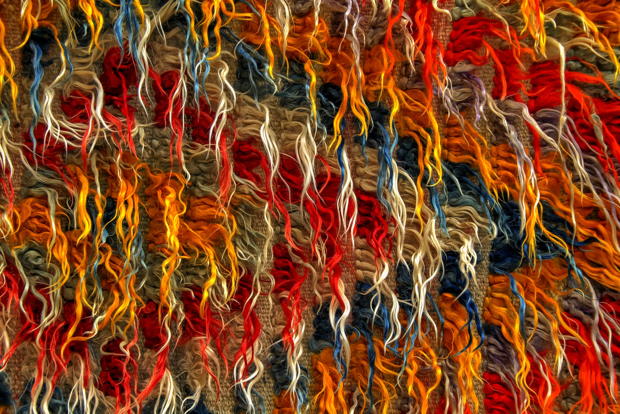
It’s been a hard stretch. Between working extra hours to arrange everything online, recording lectures, planning new technologies and new teaching methods, answering the questions of so many students each struggling just as hard as we are to make this work, and then finishing our days in meetings about which program, which staff member, which colleague, which friend will lose their funding this year, we pause. Not often enough, but sometimes. When the weight of it all takes our breath away, or in the middle of the night when our racing thoughts refuse to let us sleep, we pause.
In one such moment my thoughts returned to the sermon I heard recently by Cameron Anderson, author of The Faithful Artist. He spoke of the artists, Bezalel and Aholiab, filled by the Holy Spirit to create the tabernacle as the Israelites fled from Egypt through the wilderness. As an artist, he said, he asks some questions about this story. Questions like, where did they get the tools? Where did they get the materials? And why there? Why then?
Why build a tabernacle in the wilderness? Couldn’t they have waited until they arrived, settled, and made peace in a promised land? For heaven’s sake, they barely had food and water. How on earth were they supposed to procure gold and purple thread? It wasn’t news to me that they carried the gold of Egyptian plunder that they had earlier melted into golden calf, but my mind began imagining Israelites unraveling clothing carried from Egypt, rewinding all that thread and reweaving it into embroidered tapestries in the dust.
However they accomplished it, this was no logical enterprise. This was absurd in every sense. Building a work of art in the middle of a 40-year walk through desert with hundreds of thousands of refugees is not what we usually consider efficient use of time or resources. It’s a lot to ask of people.
But here, in the tabernacle made of upcycled threads and earrings in a desert, God entered his holy space. This is where God asked his people to build a new space for him, and true to his promises, he did not leave that space unfilled by his presence. The worship of God could not wait for some time of plenty and ease. The worship of God was urgent, even as urgent as finding food, escaping armies, and healing plagues.
Here among colleagues and students in the year of blended learning, budget cuts, and postponements, we are asked to build tabernacles — spaces to be filled by the Spirit of God. These classes, these zoom meetings, these articles to publish, these phone calls to student advisees, and every feeble attempt at preserving community, these are the tabernacles asked of us now. We must not forget that one thing has not changed in the wilderness of this pandemic: our hearts and the hearts of those around us long for the making and filling of these tabernacles.
Photo by Gilberto Mello from Pixabay.